Paul Natkin has been photographing world-famous musicians across the globe since the 1970s, flying out for this concert or that festival. But he’s always kept Chicago as his home base.
“Everybody told me that you can’t make a living shooting bands, shooting musicians — and not if you didn’t live in New York or L.A.,” Natkin says. “I proved everybody wrong, because it turned out it was better to live in Chicago.”
When he’d shoot a concert at Madison Square Garden, for instance, there could be upwards of 75 photographers in front of the stage. “I would shoot the same band in Chicago, like in Rosemont, and I’d be the only one there.” He could walk in, grab a chair for his camera bag, and shoot as he pleased (it didn’t hurt that he befriended the security guys).
On July 12, Natkin is finally releasing a book of his photographs, The Moment of Truth. Below are some of his favorite images shot in the Chicago region, along with behind-the-scene insights from him.
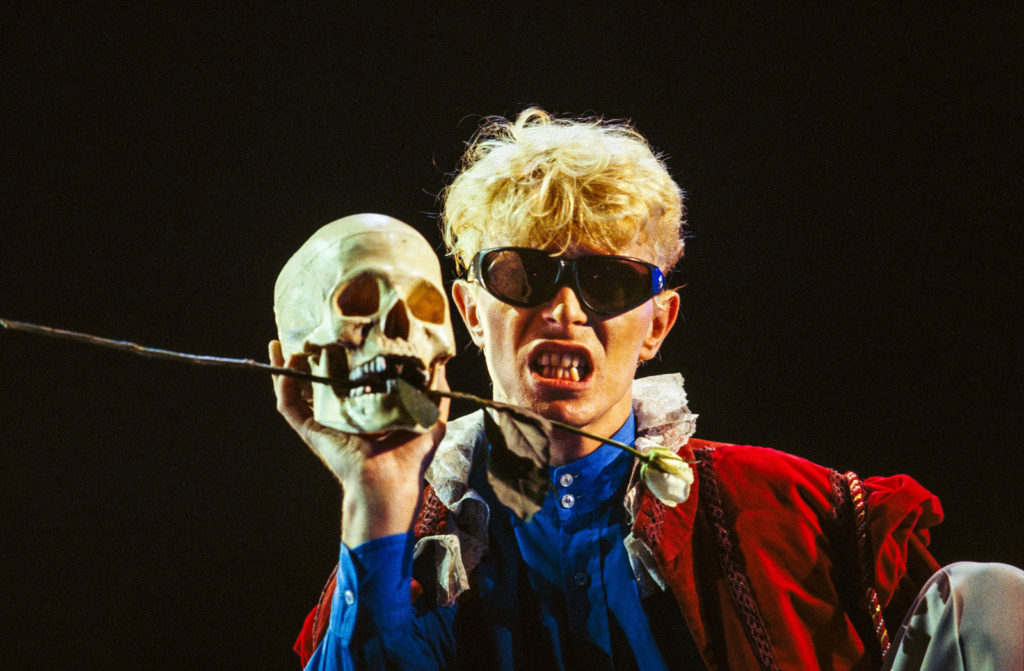
David Bowie (Rosemont Horizon, 1983)
“There’s a weird thing that happens in my business where musicians don’t want to be photographed any more than they have to be. They make these rules that you can only shoot the first three songs and you have to leave. Usually, I’m friends with the publicists and they’ll say, ‘Well, you know what, after three songs when everybody leaves, just follow them out. Drift off into the audience, wait about five minutes, and then go back in and shoot the rest of the show.’ So this was not during the first three songs. And Bowie’s looking right at me, and to this day, I’ll never know if he knew why I was there, but he posed for me.”
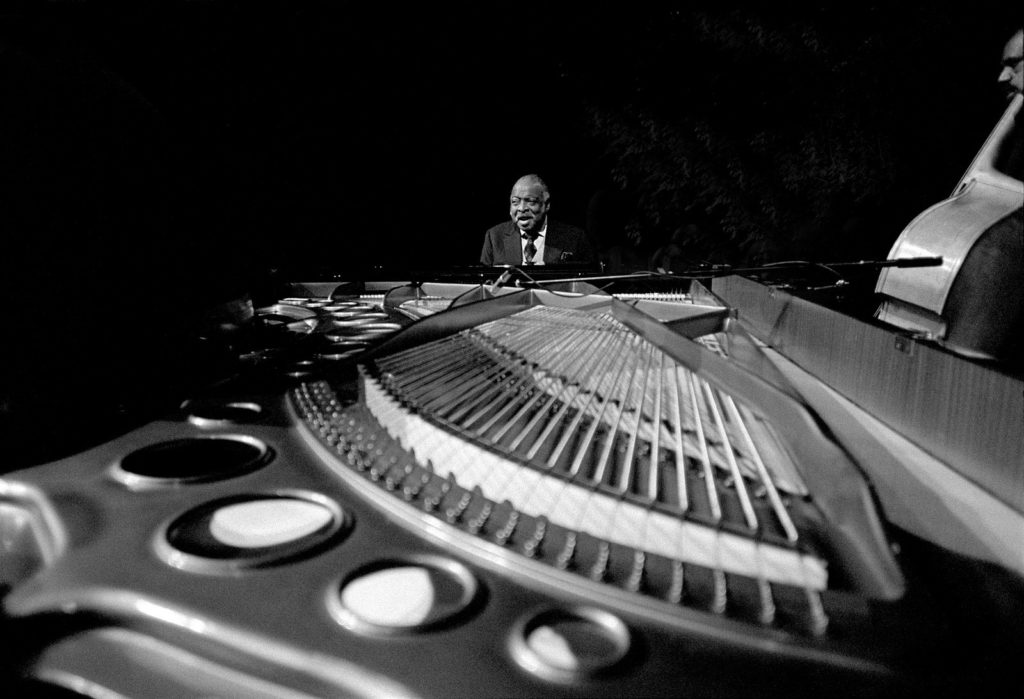
Count Basie (Albany Park, 1979)
“I used to be one of the staff photographers at this show called Soundstage, which was at Channel 11 in Albany Park. I would go to rehearsals in the afternoon and just wander around on stage while they were doing soundcheck. And I just saw that piano and I was standing right on stage. Nobody could ever get to that spot during the show.”
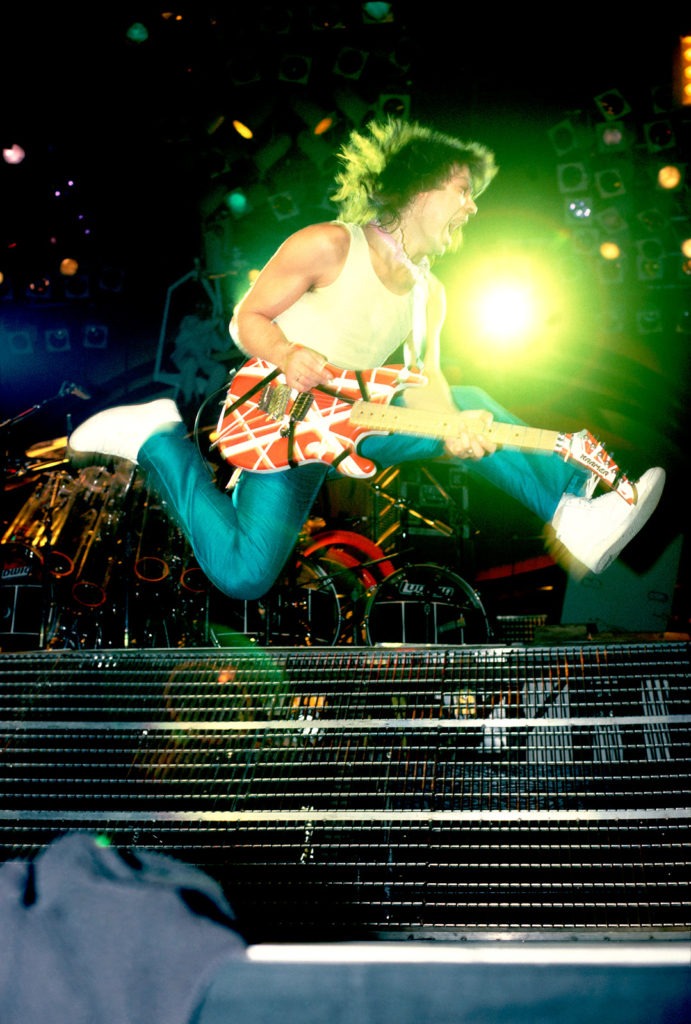
Eddie Van Halen (Rosemont Horizon, 1986)
“Henri Cartier-Bresson was the father of photojournalism, the greatest photojournalist that ever existed. He wrote a book called The Decisive Moment that states that there’s only one decisive moment in any event. And you combine that with one of my rules of this business: When somebody climbs up on something, no matter what it is, there’s only two ways that they can get down. And one way is going to look really stupid. And one way it’s going to look really good. So when somebody climbs up on a drum riser, you know that they’re going to jump. And you have to get the stage in the shot, because you have to show how high they are in the air. I’ve got maybe 10 different pictures of Eddie Van Halen jumping through the air over the years because I know he does it a lot. It’s not like some big secret.”
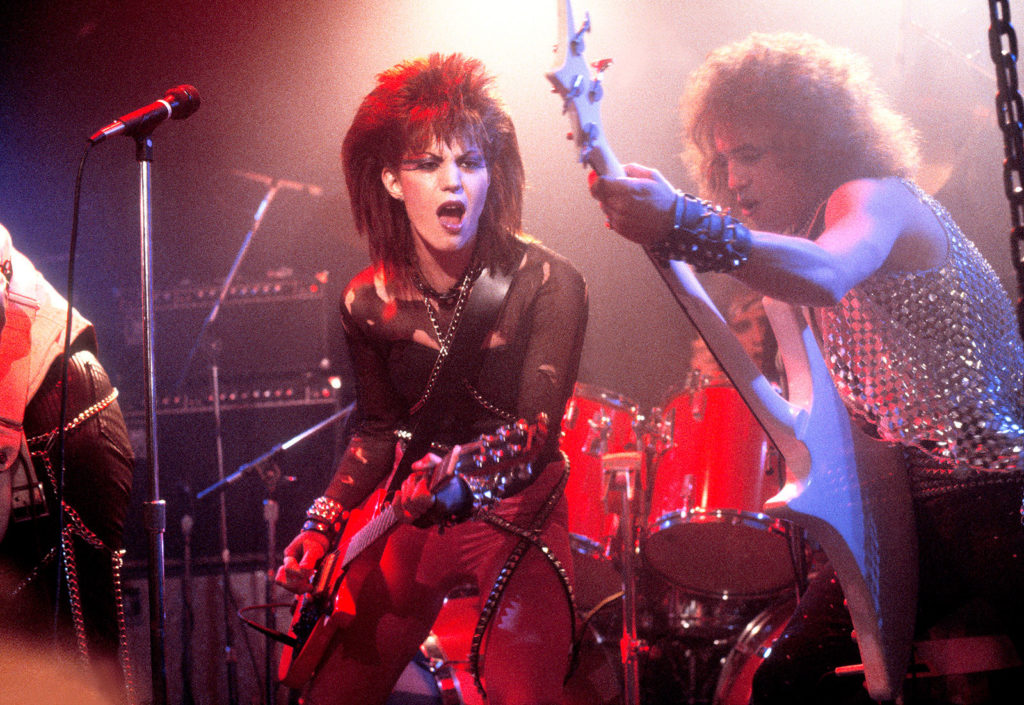
Joan Jett (Thirsty Whale, 1986)
“In 1985, one of my pictures of Bruce Springsteen was on the cover of Newsweek. It was probably the biggest moment of my life. The Sun-Times wrote an article about me having my picture on the cover of Newsweek because my next door neighbor was their music critic. Next day, I got a call from this guy who represents (screenwriter and film director) Paul Schrader, who was making a movie in Chicago, actually in the suburbs, called Light of Day, starring Michael J. Fox and Joan Jett as brother and sister who formed a rock ‘n’ roll band. There’s a venue called the Thirsty Whale, which was a famous venue, and they were using it for a concert scene. So I said, ‘Well, you know, if you’re going to be doing all these music scenes, can I come and shoot?’ So I did a couple days, and I met Michael J. Fox, who’s probably the nicest human being that I’ve ever met in my life. He started asking me all these questions: ‘Did I look right in that scene? Did I hold that guitar right.?’ I realized that I was the only guy on the set that knew what he was supposed to look like.”
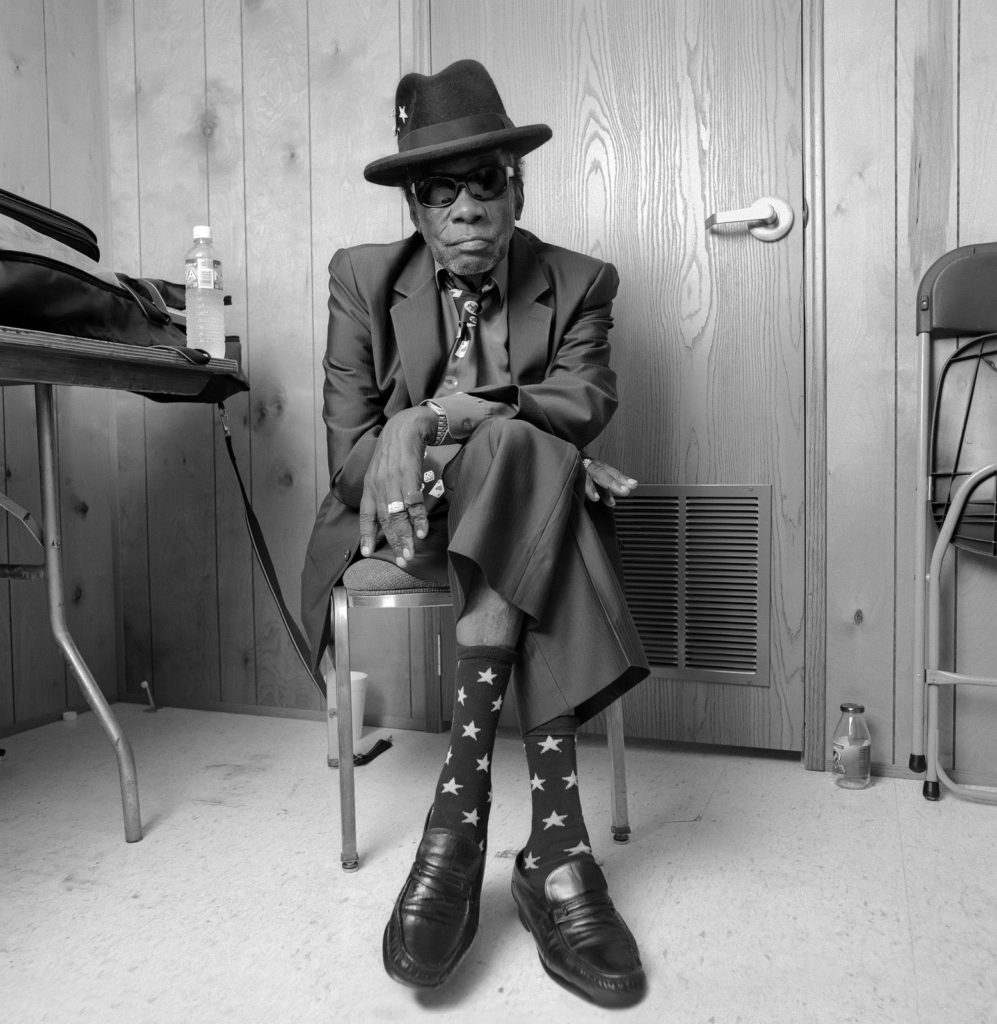
John Lee Hooker (Arlington Park Racetrack, 1998)
“There’s a big wooded area in the infield (at Arlington Park Racetrack). I wanted to take a chair and put it out in the middle of the woods and take John Lee out there, sit him in the chair and take pictures. I got there and his manager said, ‘You know, he’s really old and if he walks with you to the woods, he’s going to be too tired to actually do the show. You could go in and shoot in the dressing room,’ which was a trailer with really bad wood paneling. John Lee was probably 90 years old at the time. And I still to this day, I have no idea if he even knew I was there. Or if he was even awake. But I saw his socks and I had to make them the focal point of the shot. So I lay down on my stomach underneath the counter and put the camera on the floor and shot him from below and he never said a word. He died like a week later.”
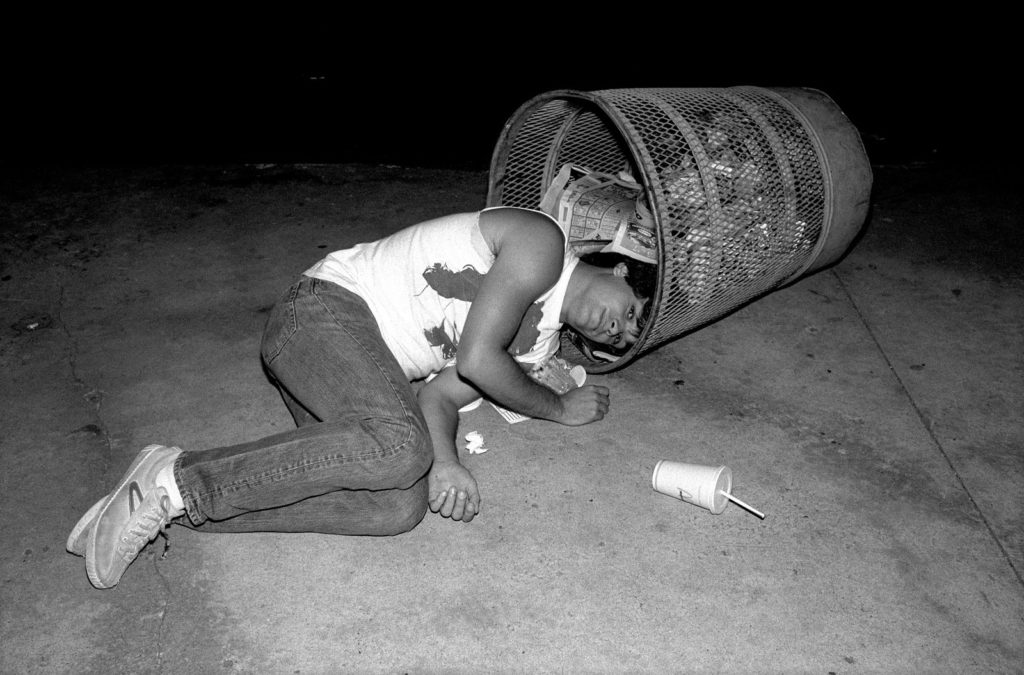
John Mellencamp (Chicago, 1980)
“This was before anybody knew who he was. He was still Johnny Cougar at the time. He was staying at the Hotel Intercontinental on Michigan Avenue. Somebody called me up at the last minute and said, ‘Can you go down there and take a picture?’ for some local newspaper. I go up to his room and he’s laying in bed watching TV. He gets dressed and we go outside and he doesn’t want to be there. We went on Michigan Avenue in front of the Tribune Tower and he just dove into the garbage can and the garbage can fell over. I took two pictures. He got up, he says, ‘Okay, you got what you need.’ And he turned around and walked away and went back to his room to watch TV.”
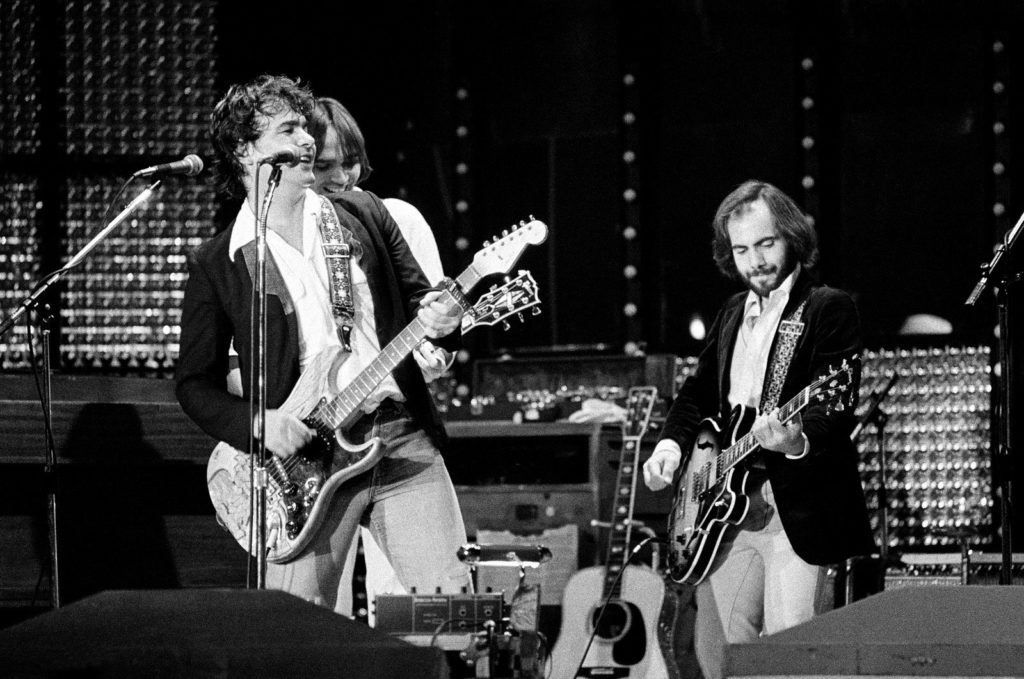
John Prine and Steve Goodman (Park West, 1978)
“My mother listened to classical music, but every week she would listen to the show on WFMT called the Midnight Special, which is a folk music show. It was on at 10:30 on Saturday nights, and she’d let me stay up. It’s how I learned about music because they played blues, they played jazz, they played folk. John Prine was always one of my idols. To this day I think he’s one of the greatest songwriters ever. And Steve Goodman also was, you know, these are Chicago icons. John was playing at Park West and I went to shoot, not knowing that Steve Goodman was going to show up. Just by some coincidence, he jumped up on stage with him and I got them both in the same picture.”
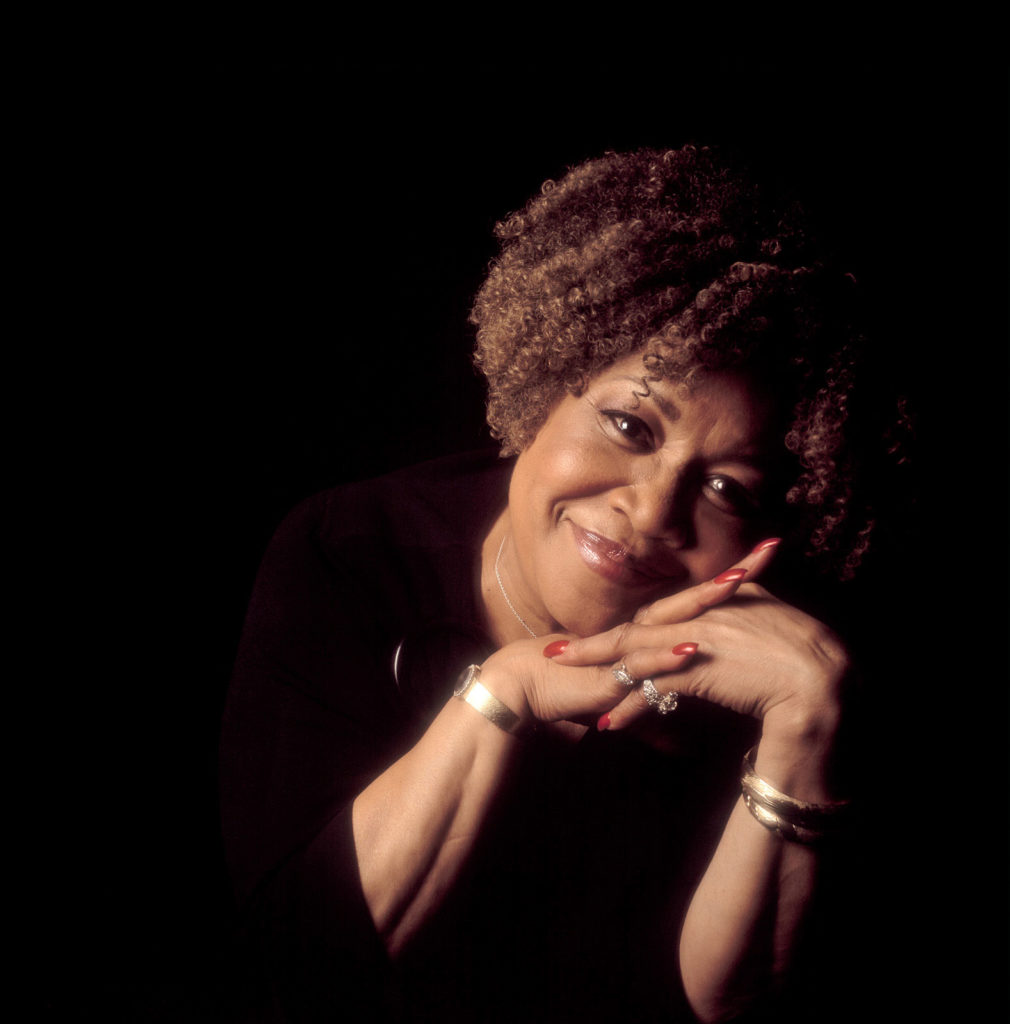
Mavis Staples (Chicago, 2004)
“My friend Bruce Iglauer, who owns Alligator Records, which is the biggest blues label in America — he’s based in Chicago — signed Mavis to make a record. They wanted me to shoot the cover. One morning, I opened the door and there’s Mavis and her sister Yvonne standing on my front steps along with Bruce and his art director. They came in and the idea of the album cover was they wanted her singing gospel songs. So she sat in my living room and sang to me for three hours. This was at the end, this is kind of a downtime thing — I really wanted to do a portrait of her because, you know, she’s Mavis. She’s the only person in my life that I’ve ever asked somebody to take a picture of me with her.”

Motörhead (Chicago, 1983)
“I couldn’t figure out any other place to take them but McDonald’s. That’s my favorite picture from that day, but I’ve got pictures of them with Hamburglar and with Ronald McDonald. They had one of the little playrooms in the front with all the statues. Then I dropped them back off at the hotel. They thought it was totally normal that somebody would take them to McDonald’s and do a photoshoot.”
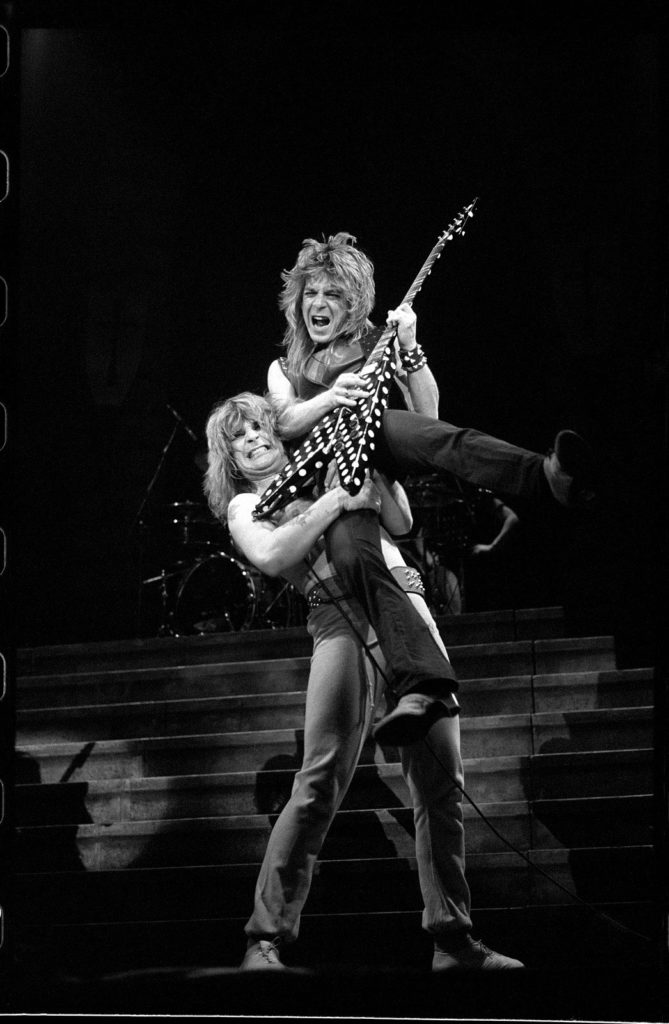
Ozzy Osbourne (Rosemont Horizon, 1982)
“I was hired by a magazine to photograph Ozzy’s keyboard player. The stage was a giant castle and there were these two turrets on either side, and the keyboard player was up in one of the turrets where you couldn’t see him. So I called the publicist and I said, ‘How do I shoot him? You can’t even see him from the audience.’ He said to come to soundcheck and just climb up the circular staircase and go up there and take some pictures. This is really great, because it was Super Bowl Sunday and I’ve never missed watching a Super Bowl. I get done, I’m packing up my stuff, and the publicist sees me and says, ‘Well, where are you going? You should stay because we’re going to watch the Super Bowl backstage. And then the band’s gonna go on afterwards.’ So I go backstage, and I get some food from catering and I sit down with all the crew guys, I watch the Super Bowl, and then I shoot the show.”
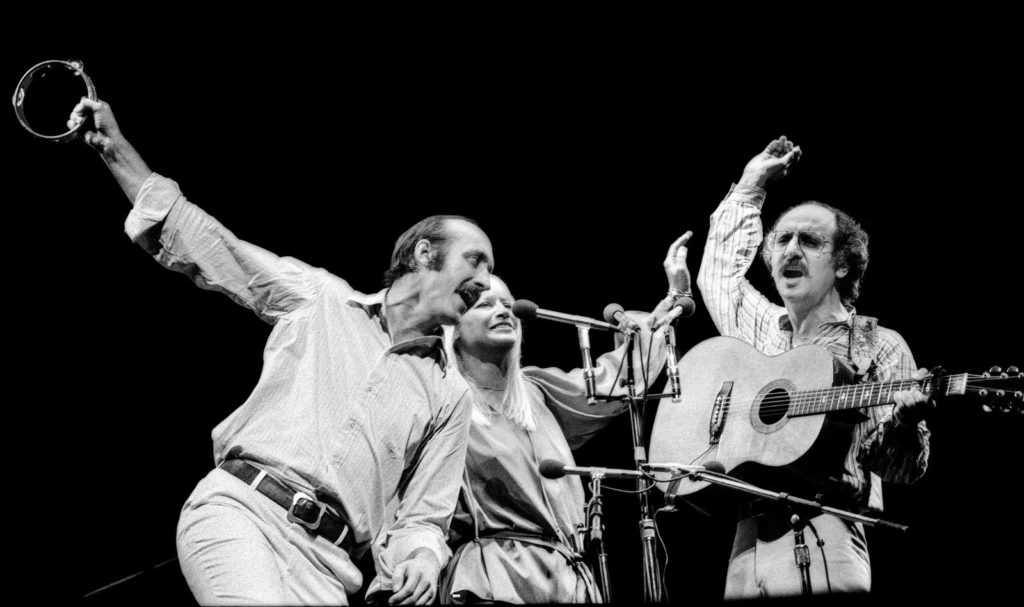
Peter, Paul and Mary (Chicago, 1978)
“The biggest problem was shooting any band that has more than one lead person: How do you get them all in the shot together? Usually if it’s three people like Crosby, Stills, and Nash, they would set up three microphones as far away from each other as they could on stage so you ended up with this huge expanse of black space with three little guys in the middle of it. I go to the Auditorium Theater thinking it’s going to happen like that here. And I get there and they had this custom microphone stand made. So that they can all sing together.”
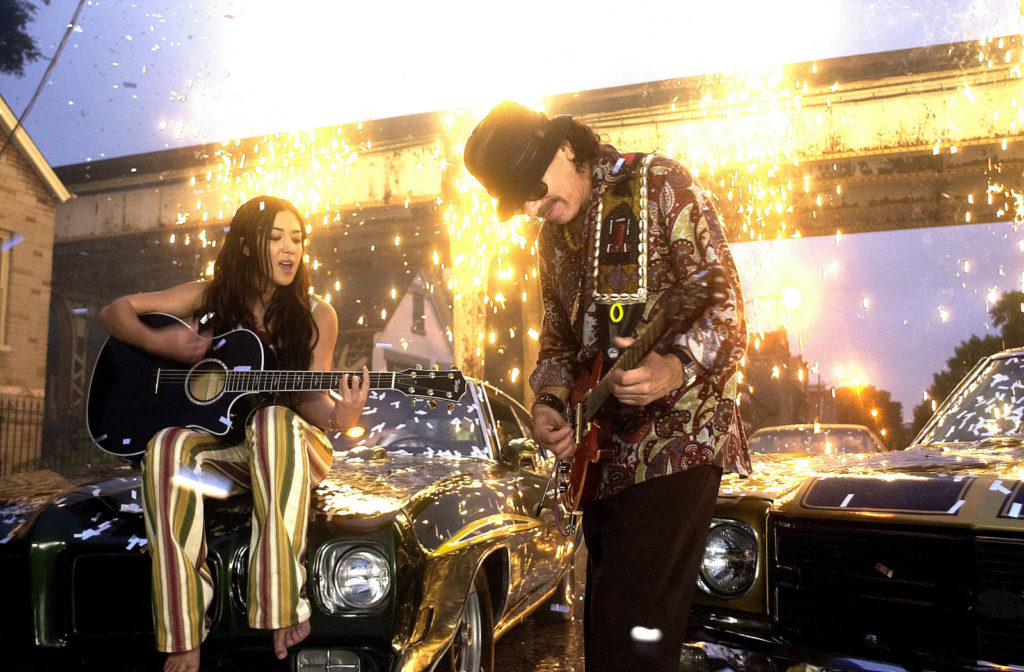
Santana and Michelle Branch (Pilsen, 2002)
“They shot the video for The Game of Love in Pilsen and the record company hired me to just spend the whole day with them. I don’t want to ever hear that song again. They had to play the song over the speakers every time they shot a scene. And they shot for like 14 hours.”
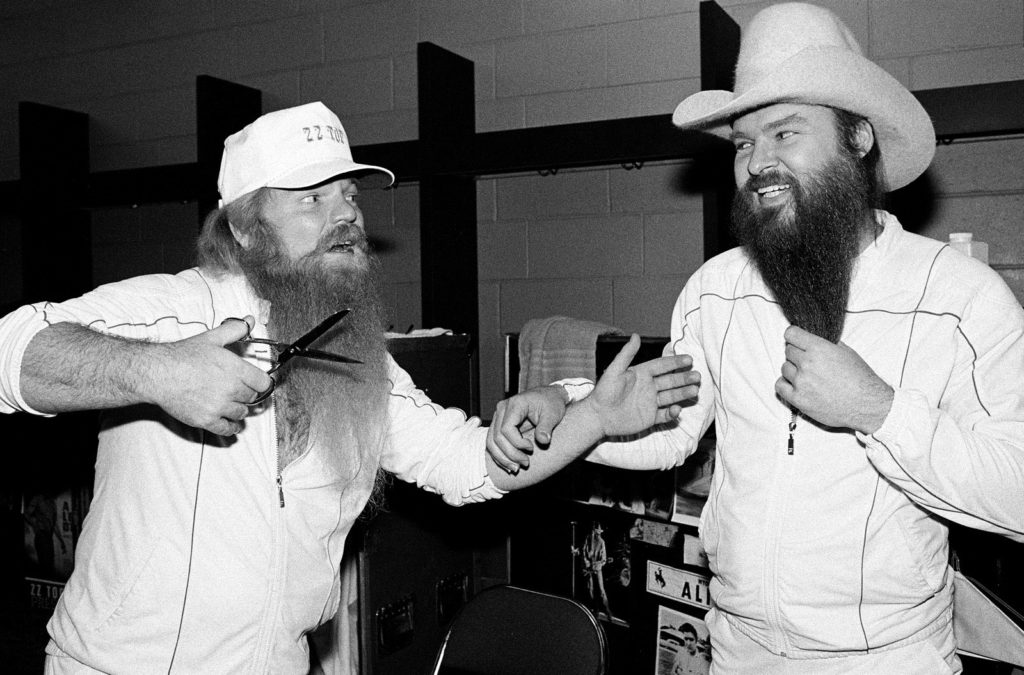
ZZ Top (Rockford, 1979)
“I was hired by a new magazine to photograph ZZ Top for the cover. It was a magazine called RIP. I went there with a whole studio setup and I did a photoshoot with the band. I just stayed for the show and before the show, we’re all in catering and all of a sudden, Dusty Hill says, ‘Hey, grab your camera,’ and he grabs scissors and goes over and fakes cutting off Billy’s beard. Afterward, we all went out to a Mexican restaurant and they all carried their own bottle of hot sauce in their pockets, because that sauce in the restaurant just isn’t good enough.”
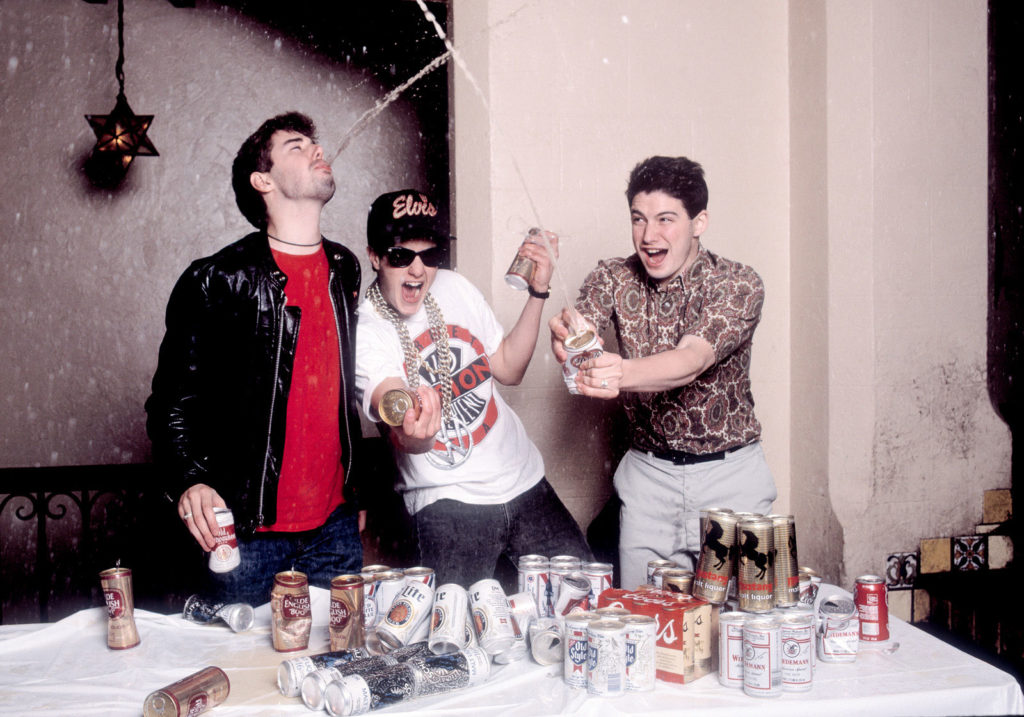
Beastie Boys (Aragon, 1987)
“They were scheduled to play the Aragon and on that tour they were sponsored by Budweiser. Then the Budweiser guys saw them play and didn’t realize how raunchy they were, so they fired the Beastie Boys. It’s like two days before the show at the Aragon and a publicist calls me up and says, ‘I got a great idea for a picture: We’re gonna audition a new beer to take over for Budweiser as a tour sponsor.’ I sent a runner from the production down to the corner liquor store and said, ‘Buy me a six pack of as many different kinds of beers you can for 50 bucks.’ They had to get three guys to carry all the beer. We just piled it all on the table and then the band came out. I said, ‘Here’s the deal. You can open up the beers, you could spray each other, you could do anything you want. Just don’t spray it on me because this equipment is really expensive.’ Immediately, all three started spraying them all over me. It ended up costing me like 500 bucks to get my equipment cleaned. But it was worth it.”


